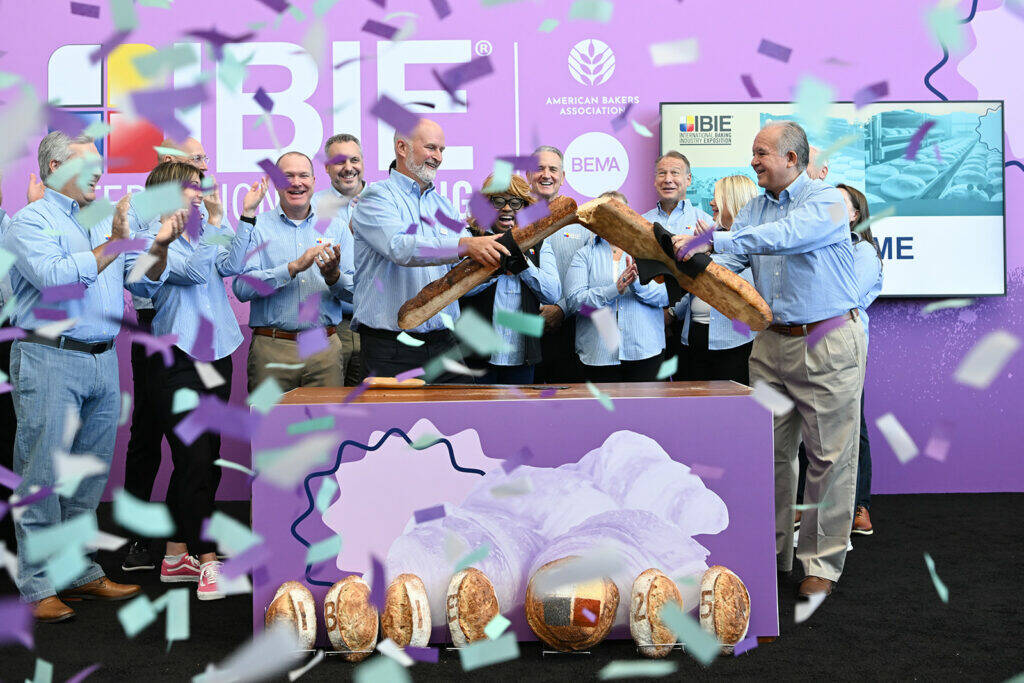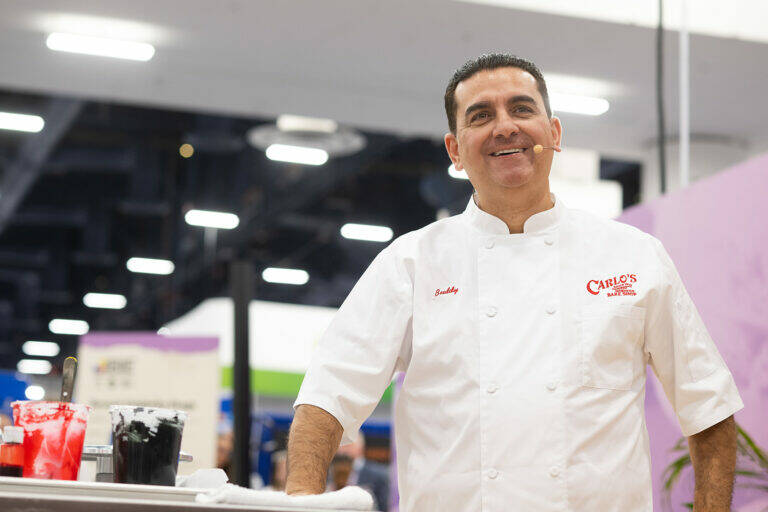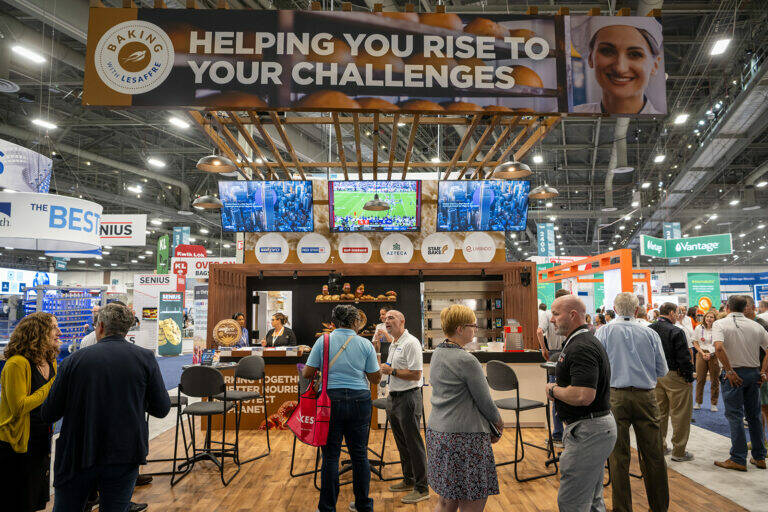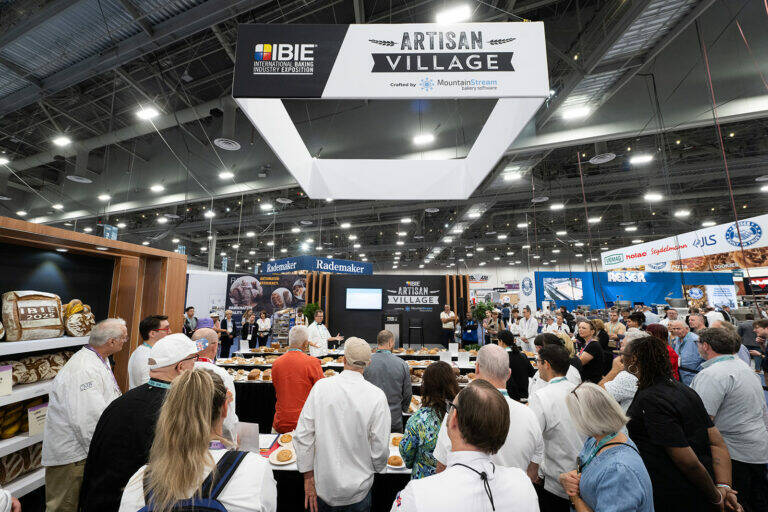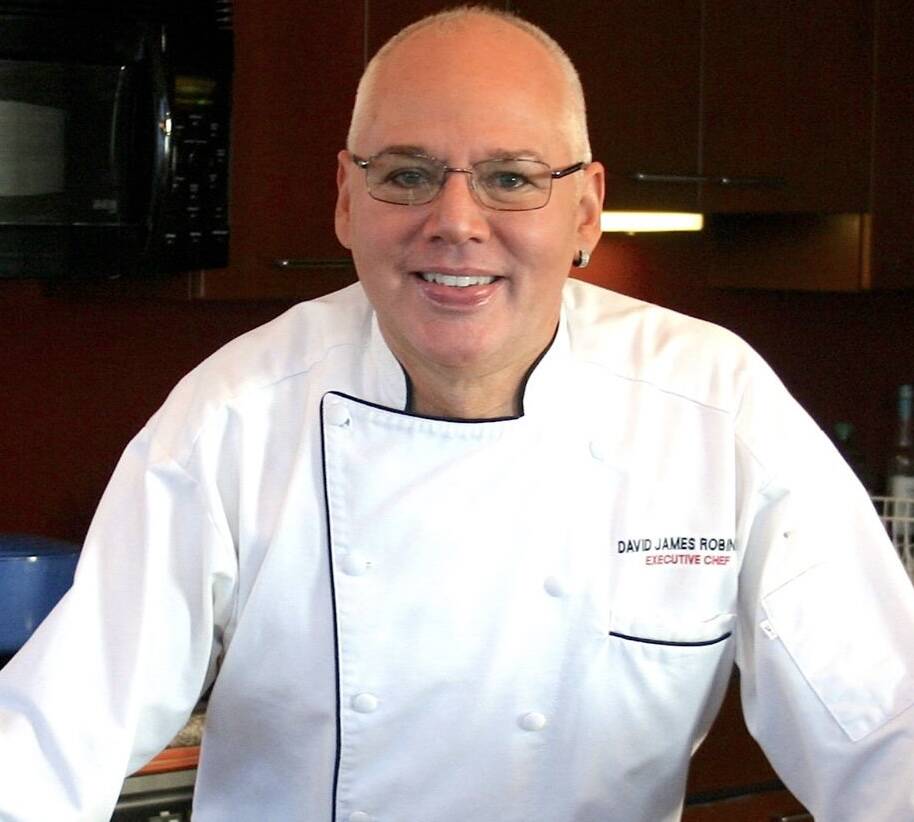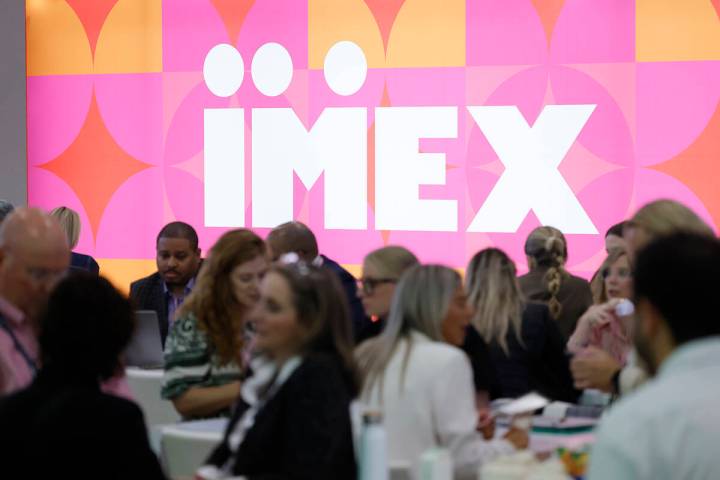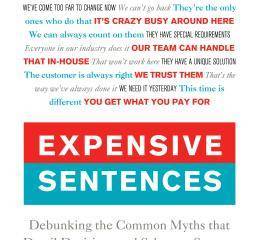The International Baking Industry Exposition returned to the Las Vegas Convention Center Sept. 13-17 for its 15th year. The IBIE 2025 event attracted 20,000 attendees, including 10,005 buyers and 1,005 exhibitors from 96 countries. This year’s exhibition featured more than 1,000 companies from around the world, showcasing the latest advancements in baking equipment, technology, ingredients, flavorings, spices and fillings, packaging materials, systems, refrigeration, sanitation equipment, transportation and ingredients. The sold-out show floor covered a record 451,100 square feet, making it the largest in IBIE’s 105-year history, representing a 9 percent increase compared to the previous event.
The big trend showcased at IBIE 2025 was the use of technology and AI. The show featured its most extensive education program to date, offering more than 250 IBIEducate sessions and demonstrations. The programming covered a wide range of topics, including AI, automation, formulation innovation and scaling small and medium-sized businesses. This initiative was implemented to educate baking enterprises to succeed in a changing marketplace. Additionally, IBIE saw a notable increase in participation from Generation Z, which rose to 8 percent, and millennials, increasing to 43 percent.
David James Robinson, private chef, agrees that AI is part of the future of the baking industry. “I don’t know that it’s ever going to replace baking completely, but in terms of ratios for baking, recipes, AI is the future, if not already here, and I am embracing it. I can calculate out ratios and work out a recipe based on that, but AI can do it in seconds.”
Ovens, including deck, rack, tunnel and hybrid (a combination of microwave and infrared), are evolving and trending.
“The tradition has always been on your cooktop, you want gas, and in your ovens, you want electric because electric offers a more even heat, or you want a convection oven. These new ovens are faster, but I have mixed feelings about the quality of the baking goods. I do understand why people are embracing it because of the speed and the efficiency,” Robinson said.
“People still want comfort foods, especially pastry, with healthy eating, and there is nothing wrong with healthy eating. There was a time when we would bake these beautiful bread baskets. People would leave them, and once they were put on the table, you couldn’t serve them again so that they would end up in the garbage. I do see a demand again for baked goods, but with time and labor, bakers and manufacturers want to make baked goods faster and more efficiently,” Robinson said.
Buddy Valastro, known as “The Cake Boss,” was a featured presenter at IBIE 2025. He participated in educational sessions and live demonstrations at the Retail Bakers Center, sharing his expertise in cake decorating and offering valuable business insights. Throughout the convention, Valastro actively engaged with attendees. He emphasized that IBIE plays a crucial role in his career, as it fosters innovation and networking within the baking industry while allowing him to pursue his passion.
“You have to dream big, do it with all of your heart, you have got never to give up and find that piece of it that you love so when you have the days that suck or the days that are going to be overwhelming, you immerse yourself into that and it reminds you why you do it,” said Valastro during his presentation.
IBIE BY THE NUMBERS
• 1,005 exhibitors, including 484 new exhibitors.
• 451,100 square feet of sold-out exhibit space, creating a new record (over 9 percent vs. 2022).
• Over 250 education sessions and demos included for all registrants.
• Overall registration is down just 4 percent, despite global economic and travel headwinds.
• Baker attendance decreased by 8 percent compared to 2022; however, the number of baking companies represented rose by 5 percent compared to pre-pandemic levels.
• Attendees were highly qualified, with 91 percent identifying themselves as purchasing decision-makers or influencers in the purchasing process.
• Represented by 96 countries, including 27 official delegations.
• 28 percent of buyers were international, with 74 percent of those from the Americas, led by Mexico, Canada, Brazil, Guatemala, Colombia, and Peru.

